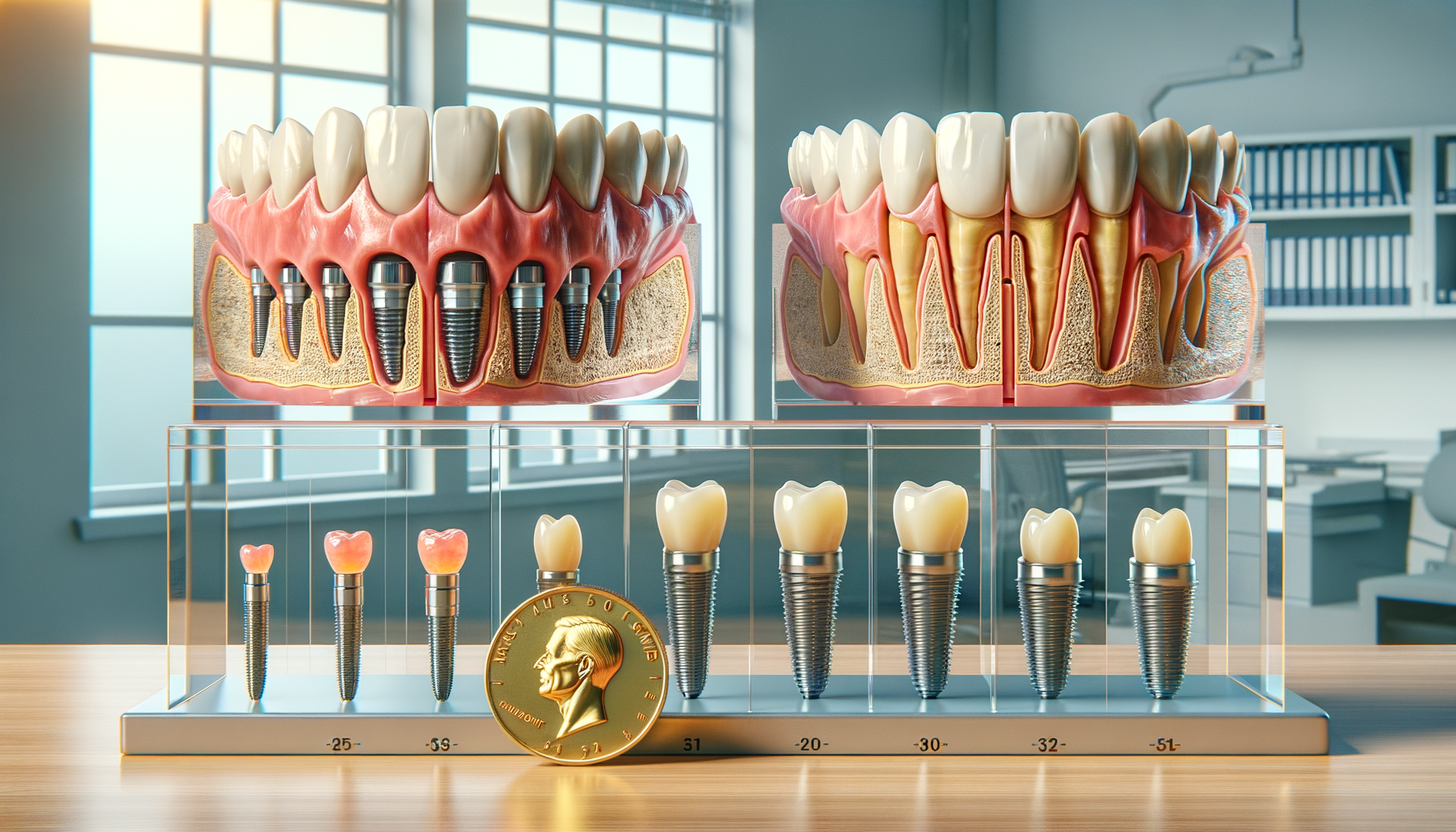Understanding Dental Implants: Costs, Choices, and Recovery
Explore the financial, procedural, and recovery aspects of dental implants to make informed decisions about your oral health.

Dental Implant Cost Breakdown
Dental implants are a popular choice for replacing missing teeth, but understanding the cost can be complex. The total cost of dental implants can vary widely depending on several factors. Firstly, the type of implant and the materials used play a significant role. Titanium implants are commonly used due to their durability and biocompatibility, but they can be more expensive than other materials.
Another factor is the location of the dental practice. Urban areas with a higher cost of living typically charge more for dental procedures. Additionally, the experience and expertise of the dentist can influence the price. More experienced practitioners might charge a premium for their services.
It’s also important to consider additional procedures that might be necessary, such as bone grafting or sinus lifts, which can add to the overall cost. On average, the cost of a single dental implant can range from $3,000 to $4,500, including the implant, abutment, and crown. Patients should also factor in potential follow-up visits and maintenance costs.
All-on-4 vs. Single Implant Guide
Choosing between an All-on-4 implant and a single implant depends on individual needs and conditions. The All-on-4 technique involves placing four implants in the jaw to support a full arch of teeth. This method is often recommended for patients who have lost multiple teeth or have significant bone loss.
In contrast, a single implant is used to replace an individual tooth. This option is suitable for patients who have lost one or a few teeth and have sufficient bone density. The single implant process is generally less invasive than All-on-4, requiring less time for surgery and recovery.
Both options have their advantages. All-on-4 can be more cost-effective for replacing multiple teeth, as it uses fewer implants. However, the initial cost can be higher due to the complexity of the procedure. On the other hand, single implants offer a more natural feel and are easier to clean, as they mimic individual teeth.
Healing Timeline After Implants
The healing timeline for dental implants varies depending on the individual and the complexity of the procedure. After the implant is placed, the initial healing phase typically lasts a few weeks. During this time, patients might experience some swelling and discomfort, which can be managed with medication and proper oral hygiene.
Osseointegration, the process where the implant fuses with the jawbone, is crucial for the success of the implant and can take several months. This phase is essential for ensuring the stability and longevity of the implant. Patients are usually advised to follow a soft diet and avoid putting pressure on the implant site during this period.
Once osseointegration is complete, the final abutment and crown can be placed. This marks the end of the healing process, but regular check-ups and maintenance are important to ensure the implant remains in good condition. Typically, the entire process from implant placement to final restoration can take anywhere from three to nine months.
Factors Influencing Implant Success
Several factors can influence the success of dental implants. One of the most critical factors is the patient’s oral health. Good oral hygiene practices are essential to prevent infections that could compromise the implant. Additionally, lifestyle choices such as smoking can negatively impact healing and increase the risk of implant failure.
Bone density is another important consideration. Adequate bone support is necessary for the implant to integrate properly. In cases where bone density is insufficient, bone grafting procedures might be required to provide a stable foundation for the implant.
The skill and experience of the dental professional also play a significant role in the outcome of the implant. Choosing a qualified and experienced dentist can increase the likelihood of a successful implant procedure.
Making Informed Decisions About Dental Implants
Deciding to get dental implants is a significant decision that involves careful consideration of various factors. Patients should weigh the costs, benefits, and potential risks associated with the procedure. Consulting with a dental professional can provide valuable insights and help determine the most suitable option based on individual needs and conditions.
It’s also beneficial to research and understand the different types of implants and techniques available. Being informed about the process and potential outcomes can empower patients to make confident decisions about their oral health.
Ultimately, dental implants can offer a long-lasting solution for missing teeth, improving both function and aesthetics. With proper care and maintenance, they can provide a significant enhancement to one’s quality of life.